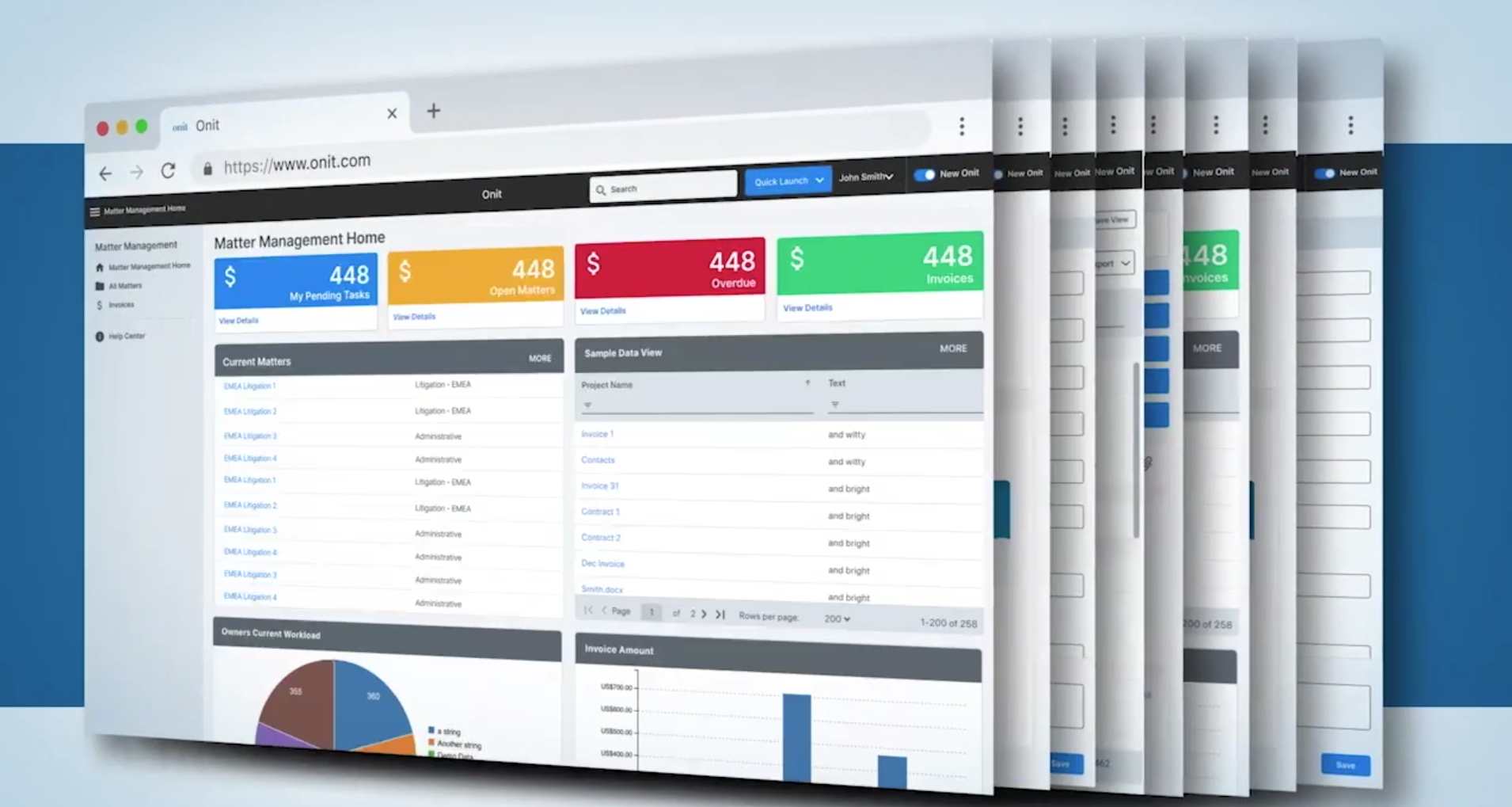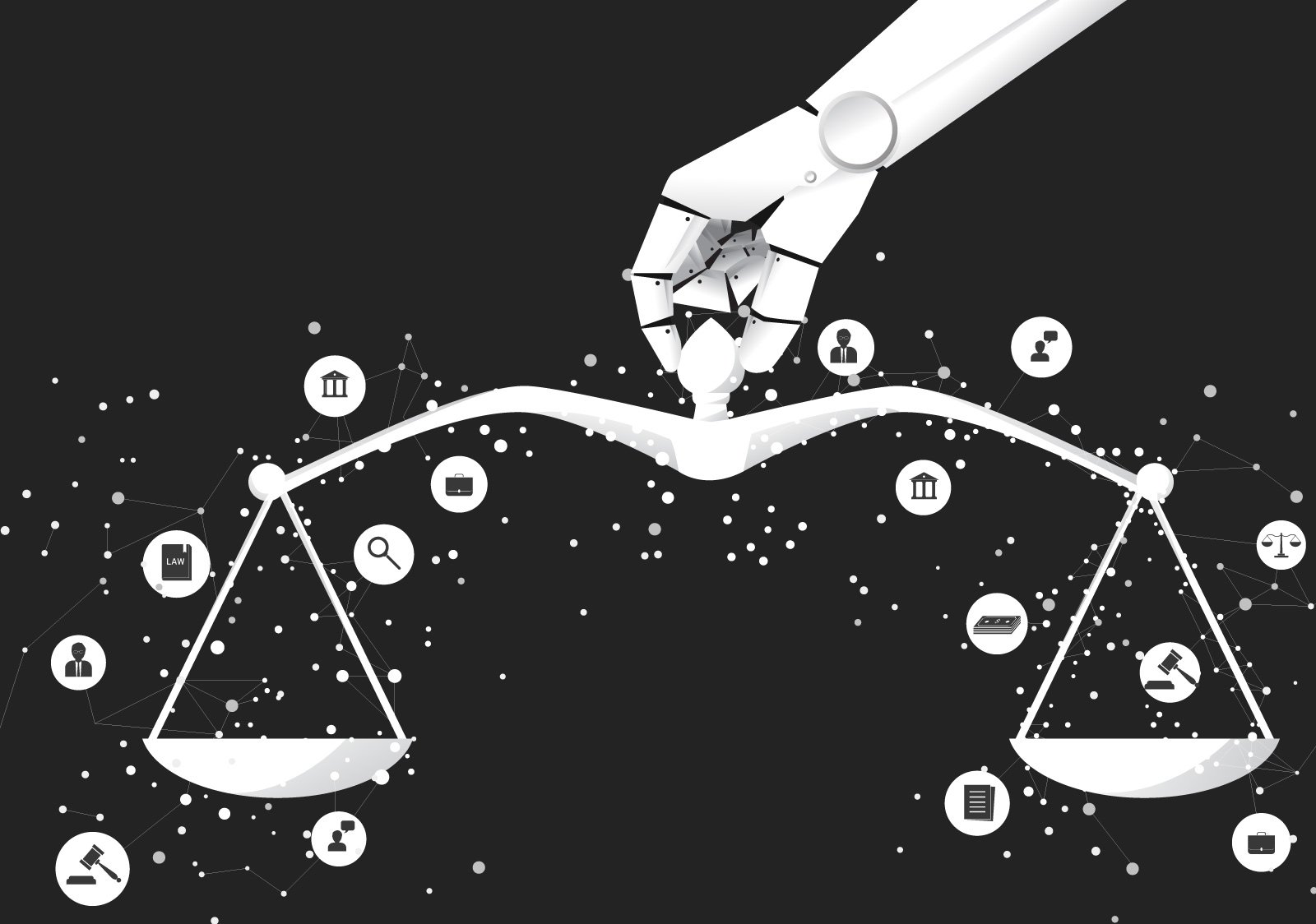
Welcome to our February run-down of the latest in legal operations trends and news. In this digest, we dig into the results from the Association of Corporate Counsel’s 2021 Chief Legal Officers survey and how ADM controls legal spend. Experts will share real-life numbers that illustrate contract AI benefits and a new approach to legal operations maturity models. Finally, we’ll talk about CLOC and its strategy for expanding membership.
#1
Contract Management Tops General Counsel Wish Lists, According to Survey
According to the 2021 Chief Legal Officers survey conducted by the Association of Corporate Counsel, corporate legal departments are pursuing more hiring as privacy and compliance challenges increase. More than 30% plan to add in-house lawyers and nearly half said they will send more work to outside counsel this year and increase headcount for corporate legal.
Artificial Lawyer analyzed the results as well, focusing on the types of legal technology GCs and CLOs want in the next two years. Taking first place: Contract management, with 67%. With contract AI accelerating contract approvals by up to 70%, it isn’t hard to understand why this is a priority corporate legal top brass.
The ACC survey includes feedback from 947 participants in 44 countries.
(sources: Corporate Counsel and Artificial Lawyer)
#2
ADM Legal Chief Redesigned Law Firm Relationships and Cut Spend. Here’s How.
In legal operations news regarding outside counsel spend, Cam Findlay, Senior Vice President, General Counsel & Secretary at Archer Daniels Midland, shares how his team significantly reduced legal spend. The company dropped its legal spend from 85% to 50% of its budget. How? The department relied on technology, best practices and a law firm panel.
As he explains to Bloomberg Law:
“One of the first things we did was get better technology. We put in place a matter management system that allows us to track every penny—well, we think we track every penny—of spending by an outside law firm. We can even track the diversity of the lawyers who are working for us, how many hours were done by women or people of color.
“We use Onit, and we were one of the first major companies to use it, I believe. It’s a very good system because it’s beyond just matter management and e-billing, and we use it for all sorts of purposes throughout the company. It’s a good platform that you can plug and play other aspects onto.”
He also discusses how the law firm panel – called the ADM Law Firm Alliance – helped drive them to their global spending goals:
“We sit down with our top firms early in the year, every year, and through our Onit system, we’re able to prepare a firm report card for them that shows how their rates compare to other law firms, how their staffing compares, in terms of whether they are partner heavy or associate heavy. It also shows how they’re doing in terms of the diversity of the team that they’re putting on our matters. That’s been a really effective tool. We can sit down with a firm and say, ‘Your team was 100% white male. Your competitors here have been able to put much more diverse teams on our matters. That’s something we want you to work on for next year.’”
(source: Bloomberg Law)
#3
How Effective is Contract AI for Legal? Here Are the Numbers.
A panel of experts from Adobe and Onit gathered at Legalweek(year) tackled the latest legal operations trends by discussing contract AI and its impact on corporate legal. Instead of general benefits, though, these presenters provided quantitative numbers showing how effective this technology is.
A recent study of contract AI found that:
- New AI users become 34% more efficient with their time and 51.5% more productive
- Contracts are reviewed and redlined in less than two minutes
- The technology helps corporate legal reduce contract processing costs by 33%
- Users can shift work to higher-value activities, with one senior lawyer reallocating 15% of his time from contract work and team management to more strategic endeavors.
To hear the panel discussion, visit here.
(source: Legalweek[year])
#4
A New Approach to Legal Operations Maturity Models
According to the 2020 State of the Industry survey by the Corporate Legal Operations Consortium (CLOC), there has been a steady growth trajectory in legal operations across organizations of all sizes. The outcome has been an increase in new hires and technology to deliver legal services efficiently, cost-effectively and across departments.
Nathan Wenzel, the co-founder of SimpleLegal, proposes an alternative to existing legal operations maturity models – one honed from working with more than 200 corporate legal departments. While he outlines five distinct levels of legal operations maturity, he also emphasizes that the goal is to find the place in the spectrum that works best for your organization.
(source: Law Technology Today)
#5
CLOC Welcomes New Legal Technology Members
In 2016, CLOC allowed only in-house counsel as members. In 2019, they welcomed legal operations professionals. In the latest legal operations news, they’re opening the doors wider by inviting more members, including technology companies, service providers and law schools.
What should all CLOC members expect? According to Betsi Roach, CLOC’s executive director, there will be an expanded array of topics and perspectives. As she explains in the CLOC press release on the matter:
“Our members and the greater legal community are hungry for more resources to answer questions and advance their careers. Creating a place that champions diversity of ideas and thoughts will not only disrupt the business of law but will define professional growth paths and pave the way for future generations. This is an exciting advancement on our continued journey to make a real impact on both the legal industry and for those in our community to grow their networks.”
To learn more about CLOC memberships, visit here.
(sources: Corporate Counsel and CLOC)
Discover More Legal Operations Trends with Lean Into Legal Ops
Speaking of legal operations, Onit is expanding our Lean Into Legal Ops virtual learning program to include even more members of the legal community and provide even more diverse content. Past webinars have included:
Get the inside track on legal operations trends, the very best events and helpful content from the legal community by joining Legal Into Legal Ops today. Visit this page to join.











